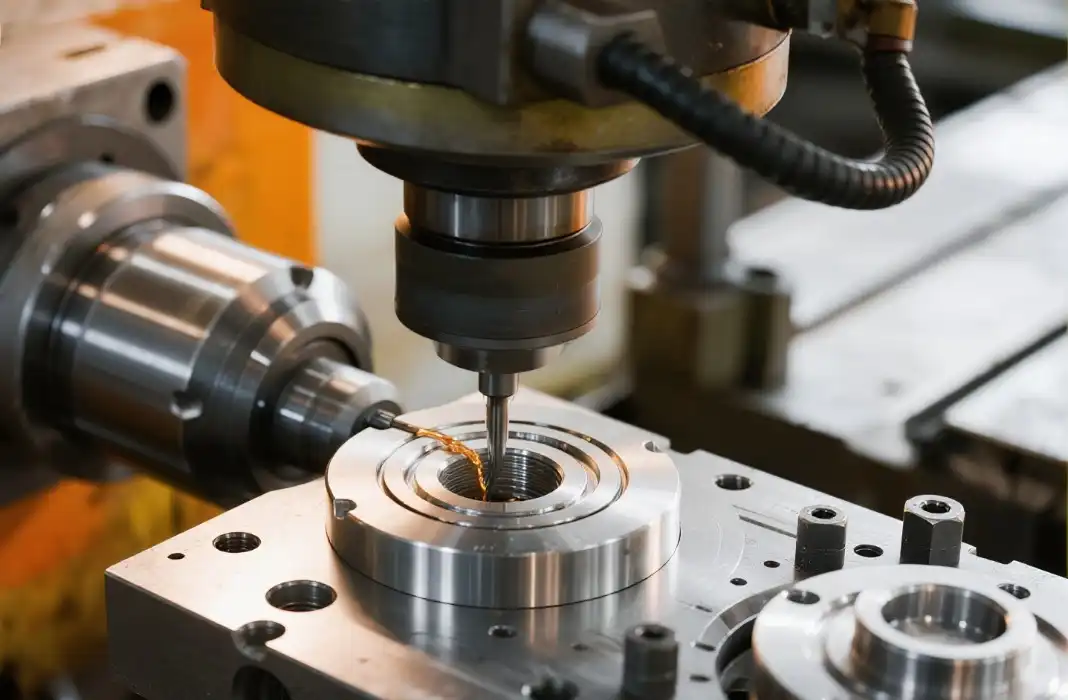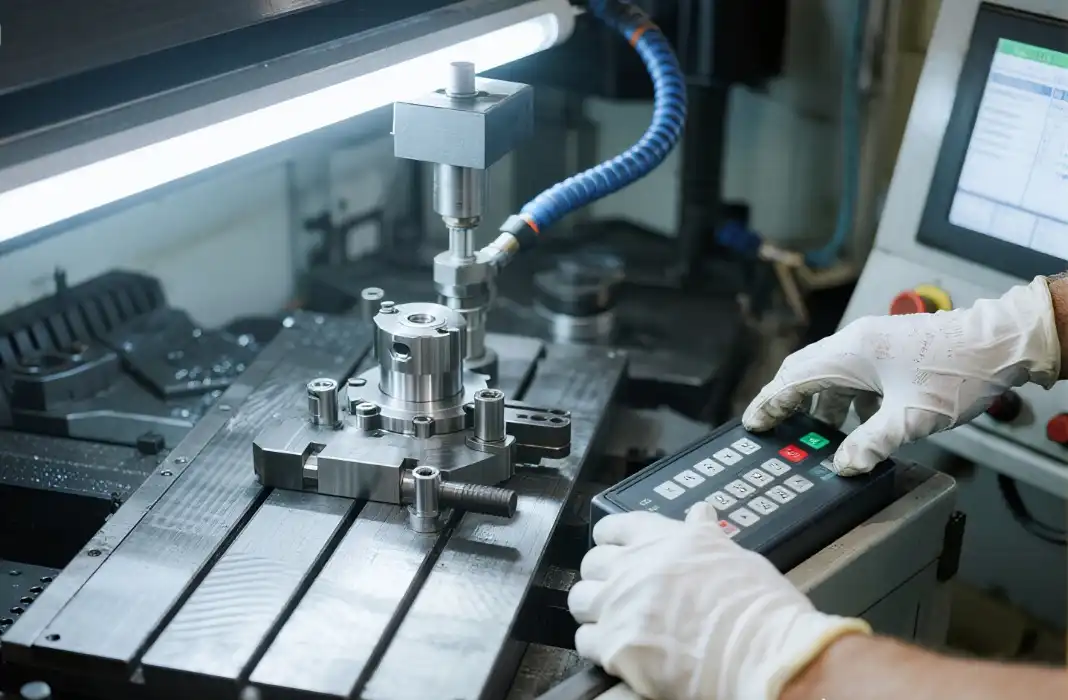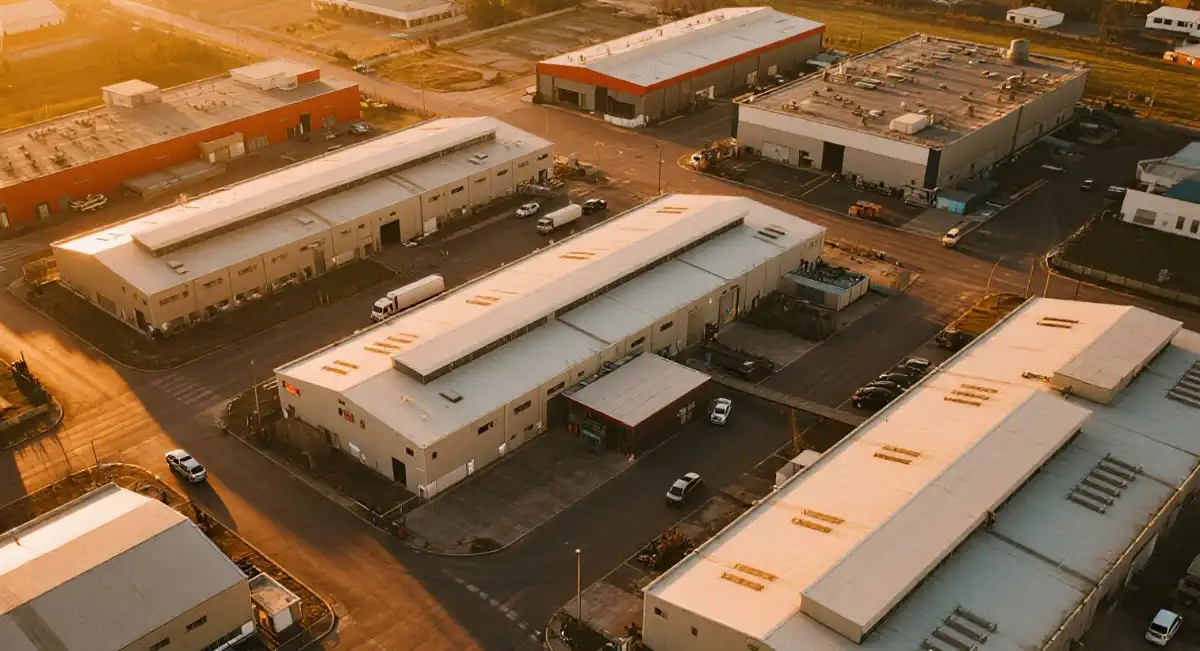What Is CNC Lathing? Understanding Its Role Across Industries?
CNC lathing, a cornerstone of modern manufacturing, is a sophisticated process that combines precision engineering with computer-controlled automation. This technique involves rotating a workpiece while a cutting tool removes material to create intricate shapes and components. CNC lathing has revolutionized production across various industries, offering unparalleled accuracy, efficiency, and repeatability. From aerospace to automotive, medical devices to consumer electronics, CNC lathing plays a crucial role in crafting high-quality parts with complex geometries. Let's delve deeper into the world of CNC lathing and explore its far-reaching impact on industrial manufacturing.
The Fundamentals of CNC Lathing Technology
The Evolution of CNC Lathing
CNC lathing has come a long way since its inception. Originally, lathes were manually operated, requiring skilled craftsmen to produce parts. The advent of computer numerical control (CNC) technology in the mid-20th century transformed this process. Modern CNC lathes use sophisticated software and precise motors to control cutting tools, resulting in highly accurate and repeatable results. This evolution has led to increased productivity, reduced human error, and the ability to create complex parts that were previously impossible or impractical to manufacture.
Key Components of a CNC Lathe
A typical CNC lathe consists of several critical components working in harmony. The spindle holds and rotates the workpiece, while the turret houses various cutting tools. The tailstock provides additional support for longer workpieces. The control system, often equipped with a user-friendly interface, allows operators to input and adjust machining parameters. Coolant systems help manage heat and remove chips during the cutting process. Understanding these components is crucial for optimizing CNC lathing operations and achieving superior results.

The CNC Lathing Process Explained
The CNC lathing process begins with a CAD (Computer-Aided Design) model of the desired part. This model is then translated into a series of instructions, known as G-code, which the CNC lathe can understand and execute. As the workpiece rotates, cutting tools move along different axes, removing material to create the desired shape. The process can include operations such as turning, facing, grooving, and threading. Advanced CNC lathes can perform multiple operations in a single setup, significantly reducing production time and improving part consistency.
Applications and Benefits of CNC Lathing Across Industries
Diverse Industrial Applications
CNC lathing finds applications in a wide array of industries. In aerospace, it's used to create precision components for aircraft engines and structural parts. The automotive sector relies on CNC lathing for producing engine components, transmission parts, and custom aftermarket accessories. Medical device manufacturers use CNC lathes to craft intricate surgical instruments and implants. In the energy sector, CNC lathing is crucial for creating components for oil and gas exploration equipment. The versatility of CNC lathing makes it an indispensable technology across these diverse fields.
Advantages of CNC Lathing in Manufacturing
The benefits of CNC lathing are numerous and significant. Precision is perhaps the most notable advantage, with modern CNC lathes capable of achieving tolerances as tight as a few microns. This level of accuracy ensures consistent quality across production runs. Efficiency is another key benefit, as CNC lathes can operate continuously with minimal human intervention, leading to higher productivity. The ability to quickly switch between different part designs also offers flexibility in production scheduling. Additionally, CNC lathing reduces material waste and can work with a wide range of materials, from soft plastics to hardened metals.

Overcoming Manufacturing Challenges with CNC Lathing
CNC lathing addresses several common manufacturing challenges. It eliminates the variability inherent in manual machining, ensuring part-to-part consistency. Complex geometries that would be difficult or impossible to achieve with traditional methods become feasible with CNC lathing. The technology also allows for rapid prototyping and small-batch production, enabling faster product development cycles. In industries where precision is critical, such as aerospace or medical devices, CNC lathing provides the necessary accuracy and repeatability to meet stringent quality standards.
Advanced Techniques and Future Trends in CNC Lathing
Multi-Axis CNC Lathing
Multi-axis CNC lathing represents a significant advancement in the field. Traditional CNC lathes operate on two axes (X and Z), but multi-axis machines can have up to five or more axes of motion. This capability allows for the creation of highly complex parts in a single setup, reducing the need for multiple machining operations. Multi-axis lathing is particularly valuable in industries like aerospace and medical device manufacturing, where intricate, asymmetrical parts are common. The technology enables the production of components with undercuts, off-center features, and complex contours that would be challenging or impossible with conventional two-axis lathes.
Integration of AI and Machine Learning
The integration of artificial intelligence (AI) and machine learning into CNC lathing processes is an exciting development. These technologies can analyze vast amounts of data from sensors on the machine to optimize cutting parameters in real-time, improving both part quality and production efficiency. AI can predict tool wear, schedule maintenance, and even suggest design improvements based on machining data. Machine learning algorithms can adapt to different materials and geometries, continuously refining the machining process. This integration is paving the way for smarter, more autonomous CNC lathing systems that can handle increasingly complex manufacturing challenges.

Sustainable CNC Lathing Practices
As industries focus more on sustainability, CNC lathing is evolving to meet these demands. Advanced coolant systems and dry machining techniques are reducing the environmental impact of the lathing process. Improved tool designs and cutting strategies are minimizing material waste and energy consumption. Some manufacturers are exploring the use of biodegradable cutting fluids and recycled materials in their CNC lathing operations. Additionally, the precision of CNC lathing can contribute to sustainability by producing parts that require less post-processing and have longer lifespans, reducing overall resource consumption in the long term.
Conclusion
CNC lathing has become an indispensable technology in modern manufacturing, offering unparalleled precision, efficiency, and versatility. Its applications span across numerous industries, from aerospace to medical devices, revolutionizing the way complex parts are produced. As we look to the future, advancements in multi-axis machining, AI integration, and sustainable practices are set to further enhance the capabilities of CNC lathing. For businesses seeking to stay competitive in the rapidly evolving manufacturing landscape, embracing and mastering CNC lathing technology is not just beneficial—it's essential.
FAQs
What materials can be used in CNC lathing?
CNC lathing can work with a wide range of materials, including metals like steel, aluminum, and titanium, as well as plastics, composites, and even some ceramics.
How does CNC lathing differ from CNC milling?
While both are CNC machining processes, lathing involves rotating the workpiece against a stationary cutting tool, whereas milling uses a rotating cutting tool on a stationary workpiece.
What industries benefit most from CNC lathing?
Aerospace, automotive, medical device manufacturing, and energy sectors are among the industries that benefit significantly from CNC lathing technology.
Experience Precision CNC Lathing Services | BOEN
At BOEN, we specialize in delivering high-quality CNC lathing services for prototypes and low-volume production. Our state-of-the-art CNC lathes and expert technicians ensure precision and efficiency across a wide range of materials. Whether you need complex aerospace components or intricate medical devices, our CNC lathing capabilities can meet your most demanding specifications. Experience the BOEN difference in CNC manufacturing. Contact us at contact@boenrapid.com to discuss your next project.
References
1. Smith, J. (2022). "Advanced CNC Lathing Techniques in Modern Manufacturing." Journal of Precision Engineering, 45(3), 287-302.
2. Johnson, A. et al. (2021). "Applications of Multi-Axis CNC Lathing in Aerospace Industry." International Journal of Aerospace Technologies, 18(2), 112-128.
3. Wang, L. (2023). "Integration of Artificial Intelligence in CNC Machining Processes." Smart Manufacturing Systems, 7(1), 45-60.
4. Brown, R. (2022). "Sustainable Practices in CNC Lathing: A Review." Journal of Cleaner Production, 310, 127456.
5. Davis, M. and Thompson, K. (2021). "Advancements in CNC Lathe Technology: A Comprehensive Overview." Manufacturing Technology Quarterly, 56(4), 678-695.
6. Lee, S. et al. (2023). "Optimization of CNC Lathing Parameters for Enhanced Surface Finish." International Journal of Advanced Manufacturing Technology, 124(5-6), 1587-1602.

How Can We Help?

Your Trusted Partner in Rapid Manufacturing.



